Our time in the field has been productive and fruitful. Now, we focus all of our attention onlab work, as begin to make sense of our many finds.
As we put down our trowels and pick up our books, we meticulously search for clues about the origins of our finds.
We’ve found a match! Judging by the maker’s mark on this piece of ceramic, it was likely purchased from the Hudson Bay Company at Fort Nisqually, a trading post just north of the Bush Homestead.
When we find matching pieces of glass or ceramic, we join them together and, from many small pieces, bring the whole into focus.
Sometimes, this process takes years. Here, we are able to match pieces of ceramic with one that was uncovered last year. We do not know how long it will take to reconstruct any one artifact, but we are patient in our search for knowledge.
If you like doing jigsaw puzzles, you might consider seeking a career in archaeology.
Meanwhile, we clean some of our larger, metal artifacts.
Meanwhile still, we photograph every burnt piece of paper with readable text. So far, we have found a number of advertisements articles 1894 to 1906, helping to establish a likely date for the refuse pit. As we comb through more fragments, we hope to discover even more information about the Bush family.
Here, we are able to identify a Dr. Scholl’s shoe insert, dating from between 1904 and the 1930s.
This process will continue on. With an abundant backlog of artifacts, there is enough to keep curious students busy for years to come. As this year’s field school comes to a close, we would like to give a special thanks to Mark and Kathleen Clark, the proprietors of Bush Prairie Farm who have graciously welcomed us to carry out this excavation on their land. Thank you for making this possible! We look forward to future excavations in the future. Until then, thanks for reading.



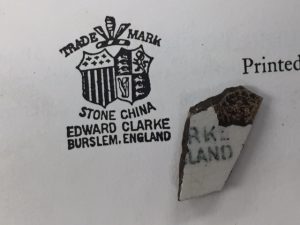
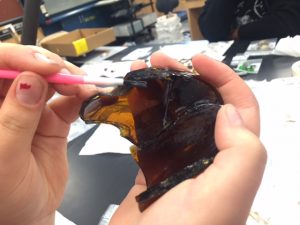
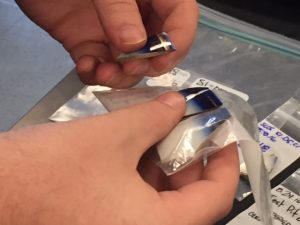
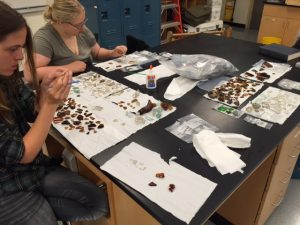
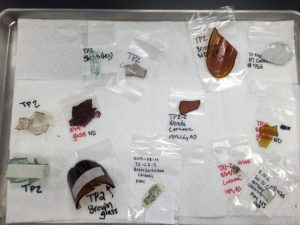


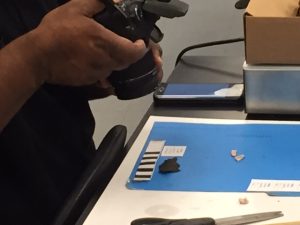
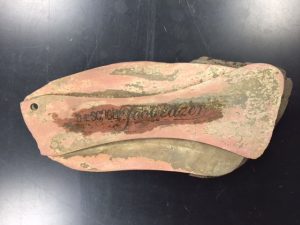

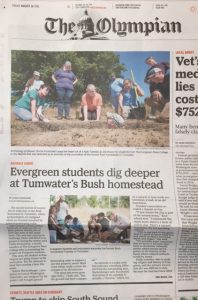
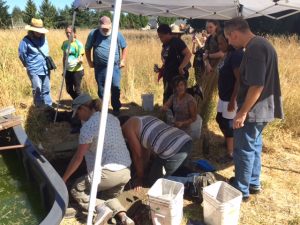
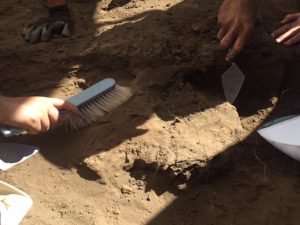
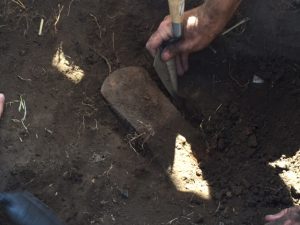

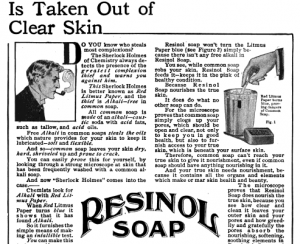
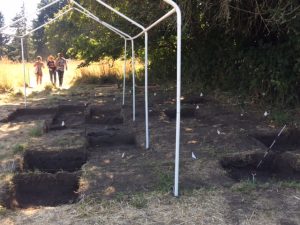
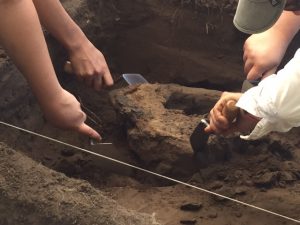
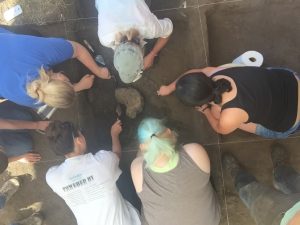
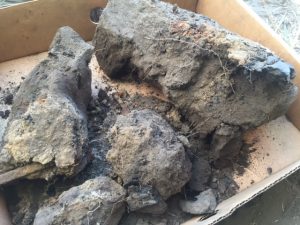
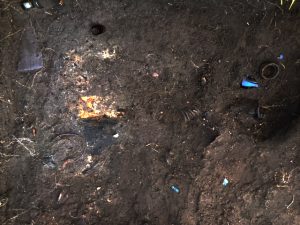


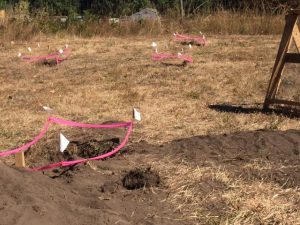

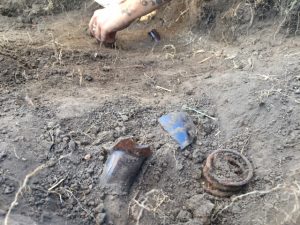
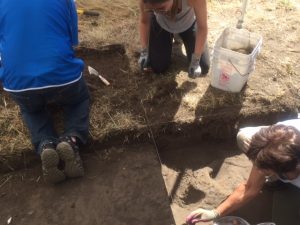




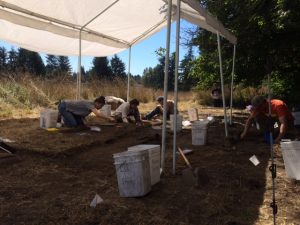
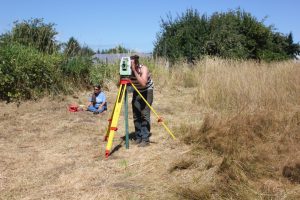
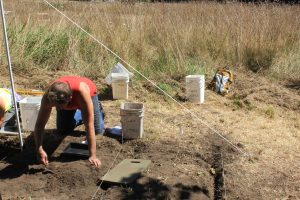
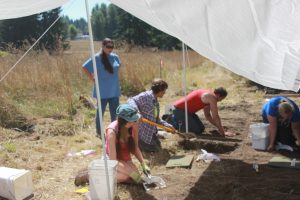
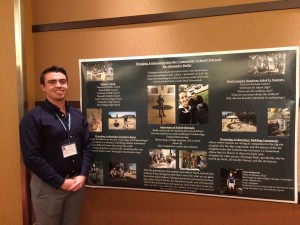
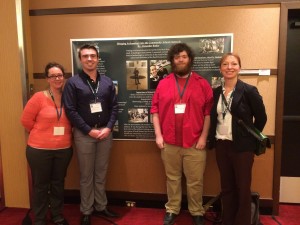


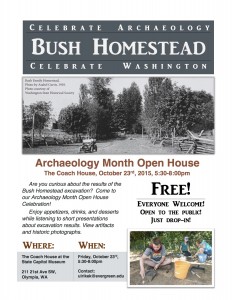
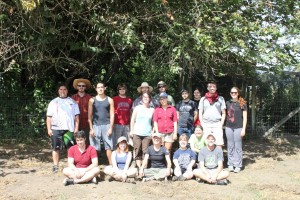
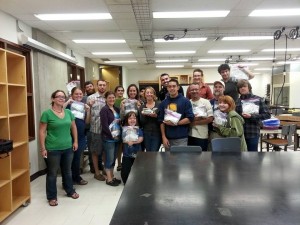
Recent Comments